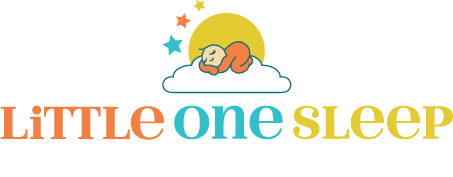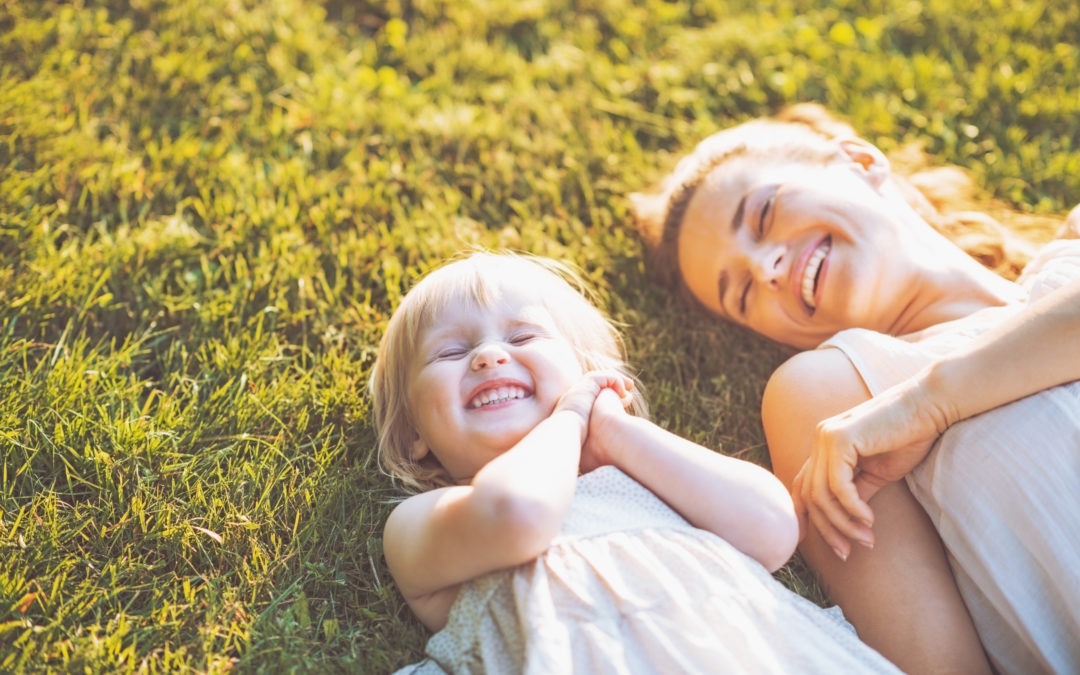A supportive sleep environment can make all the difference in the world to our babies as they sleep, especially to the more sensitive ones. Sometimes, something we change that seems so minor is just what our little one needed! I have found the following suggestions to be helpful for my children and I hope you do too!
Lighting: Keep it Dark!
A dark room is best for sleep and for some children essential. Sometime between the third and sixth week after the due date, infants become sensitive to light. Light triggers the production of serotonin, a hormone that prepares the body to wake. Conversely, decreasing ambient light triggers the conversion of serotonin to melatonin, which prepares the body for sleep.
If you are watching TV, your baby probably is too!
The blue spectrum of light is particularly rousing to the body. All electronics, including tablets, laptops, smart phones, and televisions, produce lots of blue light, which is good reason to limit any form of screen time at least an hour before sleep. This is true for adults too!
It is actually helpful to go a bit overboard in darkening your baby’s room. The darker the room is the better. For little ones who are particularly sensitive to light, a near pitch-black room may be key to helping them settle and stay asleep more easily.
I have found the Quick Fix Blackout Pleated Paper Shade Black works as a temporary to long-term solution for windows. Some parents use the ever aesthetically pleasing cardboard. I hear it comes in matte-white if refrigerator brown does not match the decorative scheme.
Noise: Rumbly, Random, and Loud
White noise is abundantly helpful for the first four to six months, and even beyond. The womb was a noisy place, up to 64 decibels! A noisy environment is both familiar and comforting. As infants develop in their ability to self-settle, the helpfulness of white noise diminishes but can be retained as a sleep association if you choose it. I suggest you keep it for at least a year.
Music is not recommended because the patterns keep the mind engaged and interferes with entering into the 3rd and 4th stages of sleep, the deepest and most restorative levels.
If you are helping your little one practice self-settling, the white noise needs to be at least as loud as his fussing or crying. Once your baby is settled, the white noise should be similar to the volume of a vacuum cleaner.
If you are in need of a recommendation for a white noise machine, I find the Marpac Dohm-DS Dual Speed All-Natural White Noise Machine to be of good quality and easy to take with when traveling.
Temperature: Between 66˚ and 70˚
The recommended temperature for the sleeping environment is between 64 and 72 degrees Fahrenheit depending on the respective expert. I have found that 70 degrees is a good upper limit with 66 degrees being a good lower limit. Generally, cooler temperatures encourage better sleeping. The body’s resting temperature decreases as the baby goes to sleep and having an environment that is too cold or too hot can interfere with the process of going to and staying asleep.
Clothing: Swaddle Now, Sleep Bag Later
Newborn babies benefit greatly from swaddling through the 6th month. Swaddling provides containment like the womb and prevents the startle reflex from waking your little one just as she is about to drift into deep sleep. It appears that some infants do not like swaddling, but I encourage you to keep at it. Typically they need a few extra comforts, like swinging or shushing, to calm down and enjoy the support of the swaddle.
I recommend a 47in by 47in traditional Muslin Swaddling Blanket. If you prefer to use a swaddling sack, make sure there is plenty of room in the hips to allow room for the legs to move. Tightness around the hips and legs increases the risk of hip dysplasia, a condition in which a baby’s hips rotate out of the socket.
After the baby has transitioned out of the swaddle, a wearable blanket is recommended so the baby cannot lose it at night and get cold. Continue using a wearable blanket until the child is able to reposition the blanket himself at night and not disrupt either his (or your) sleep!
Loose blankets are never recommended as they can be a suffocation risk as well something that may need to repositioned through out the night. Head coverings are also not recommended as they can cause a baby to overheat.
Location of Sleep: A Family Choice
As we do not know the precise sleeping arrangement of your family we do not recommend any particular sleeping location. We recommend you become as informed as possible and make a decision based on what you feel is best for your family.
The location you choose for your baby to sleep is a family decision. Some families feel comfortable with their baby in a separate room, while others choose to room share or bed share. Following are a number of general recommendations for all sleeping situations:
- On their backs before mastery of rolling over on their own
- On a firm surface
- On a clear surface – no toys, pillows, bumpers, soft bedding
- In the absence of second hand smoke
- Swaddled for the early months and a sleep sack later
- Without head covering
A Note on Toddler Beds
Cribs and a bed-sharing parent offer external containment to young children who have not yet developed the ability to internally control their impulses. If your child does not stay in the same room for an hour just because you told him to, then a toddler bed may not be a good idea just yet. Toddler beds come with increased freedom and a child who lacks the ability to stay in one spot at your direction lacks the ability to stay in bed. Generally speaking, three years of age is a good time to make the switch but if your child is still happy being in a crib and is not climbing out, keep using the crib. Whenever you choose to move to a toddler bed, there will be a time of transition where your child will learn to stay in bed to sleep. It is best to set them up for success by not transitioning too soon.
Additional Support
If you would like additional support with your little one’s sleep, we offer one time phone calls, individual coaching packages, and prenatal/newborn in-person sleep classes on the Monterey Peninsula in California. If you would like to discuss further support, we offer a free 15-minute call to answer your questions and share a bit more about what we do.
If you would like to schedule a free 15-minute call to see if our services are right for you, please schedule an appointment here.

